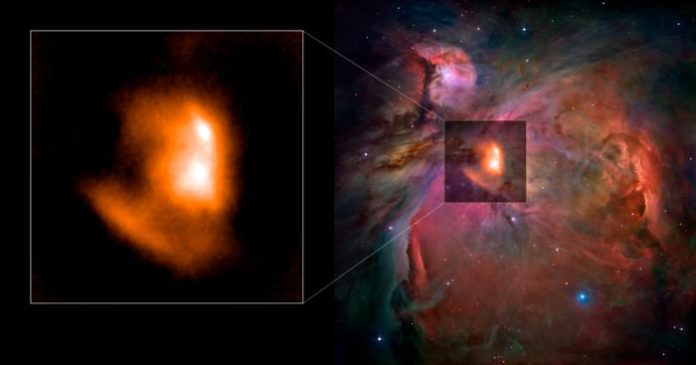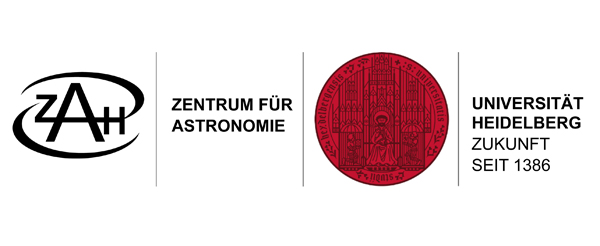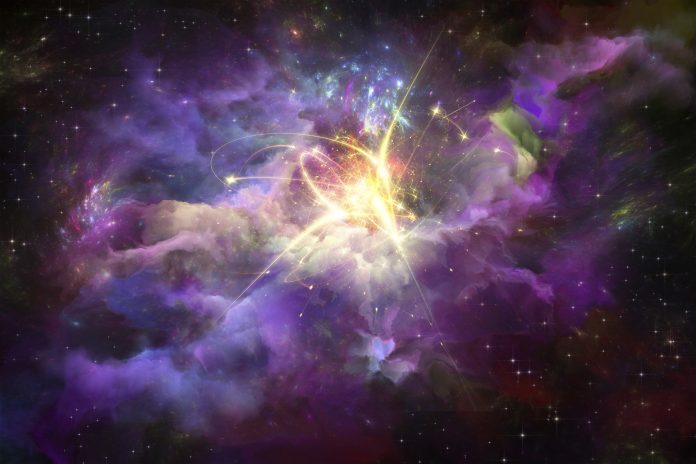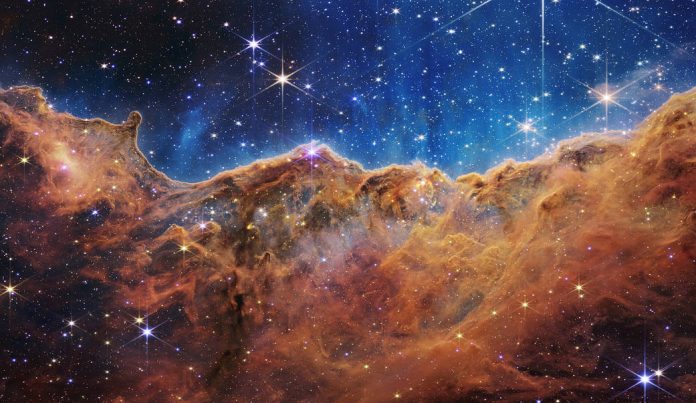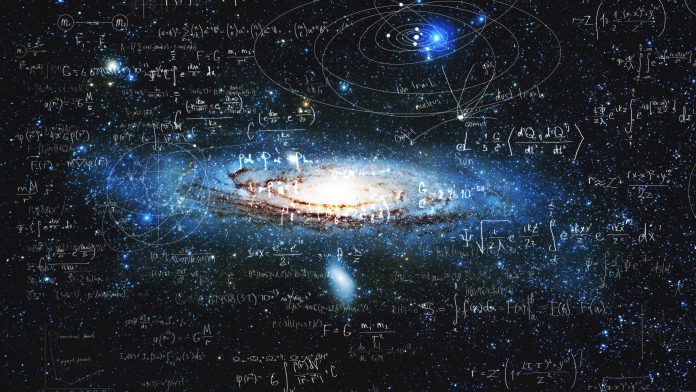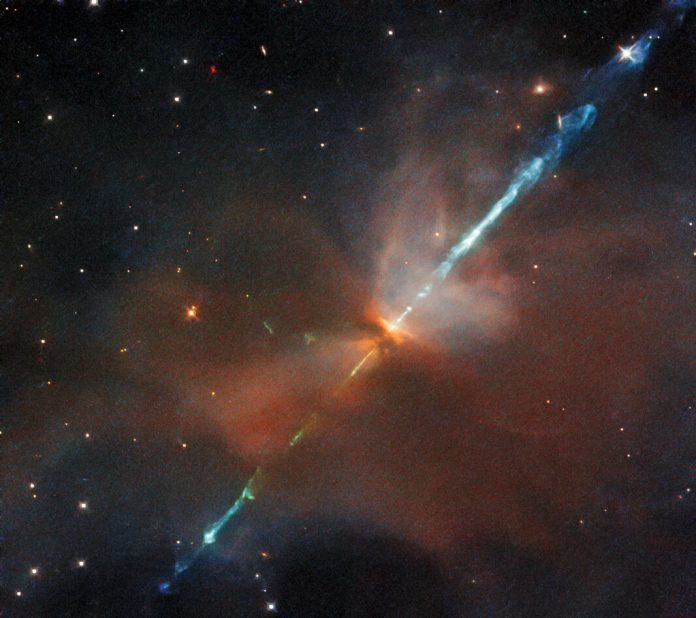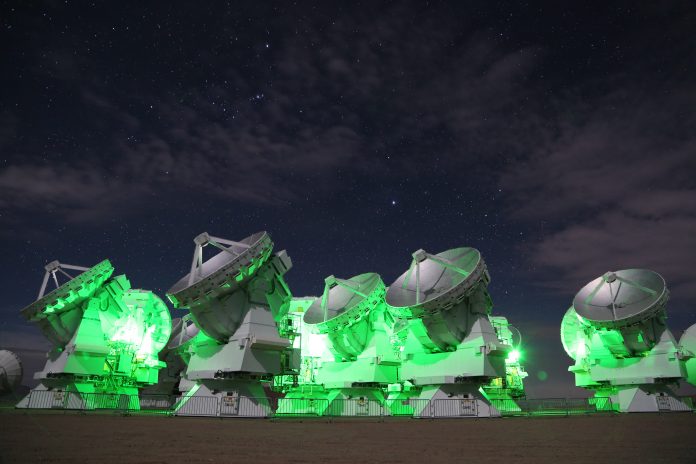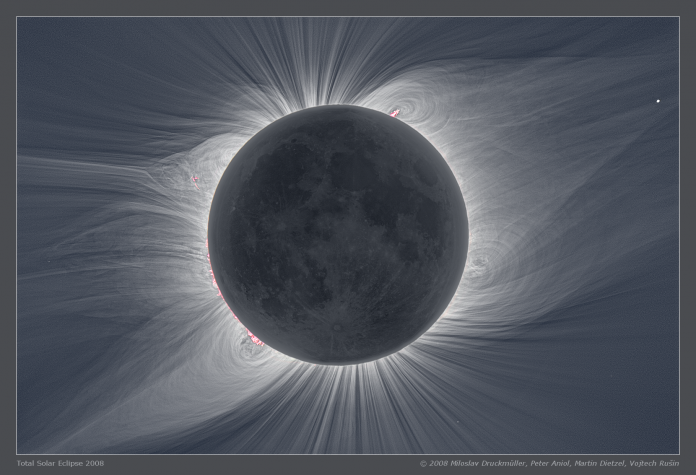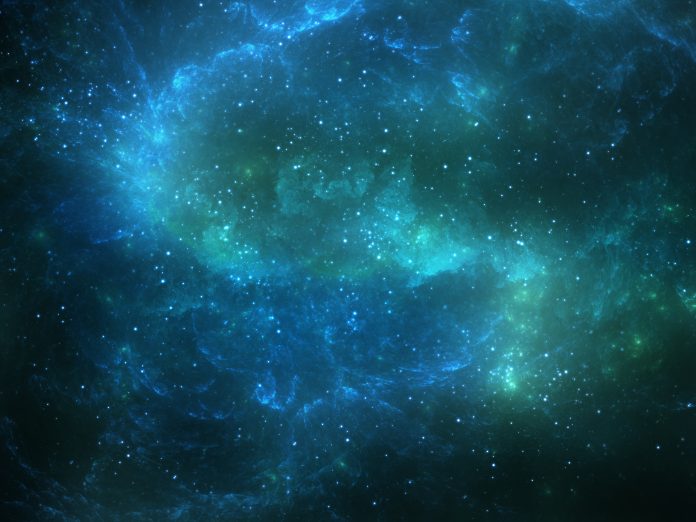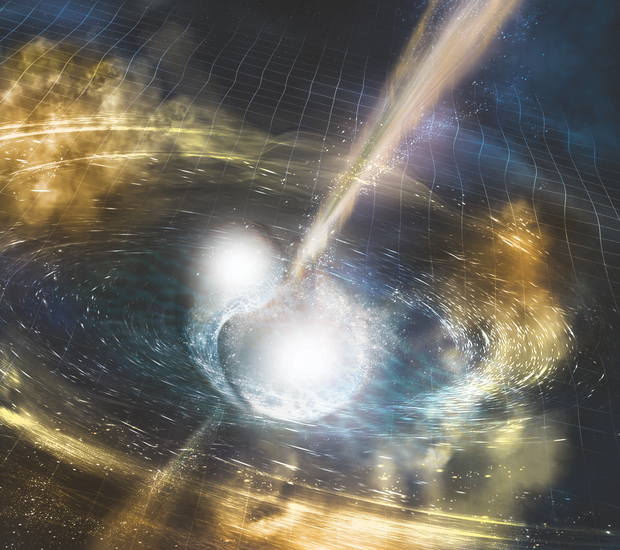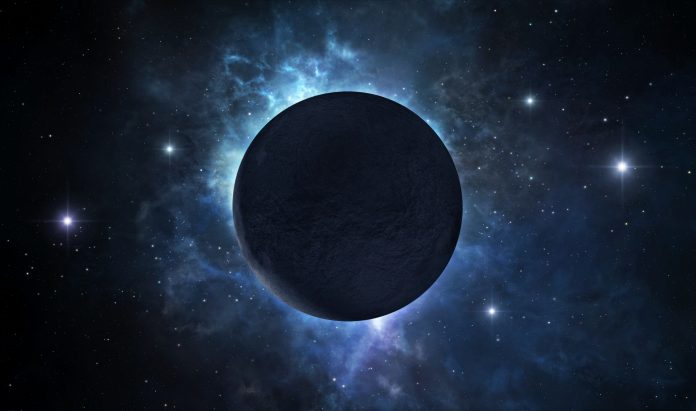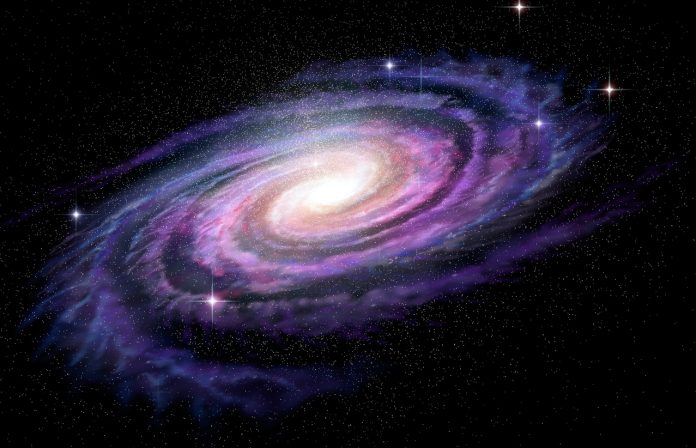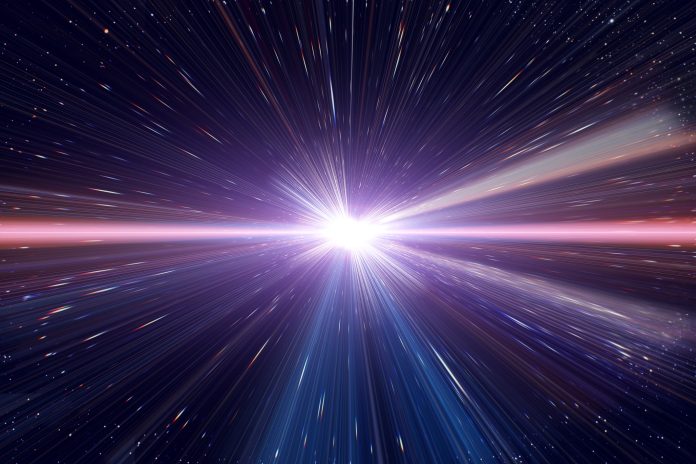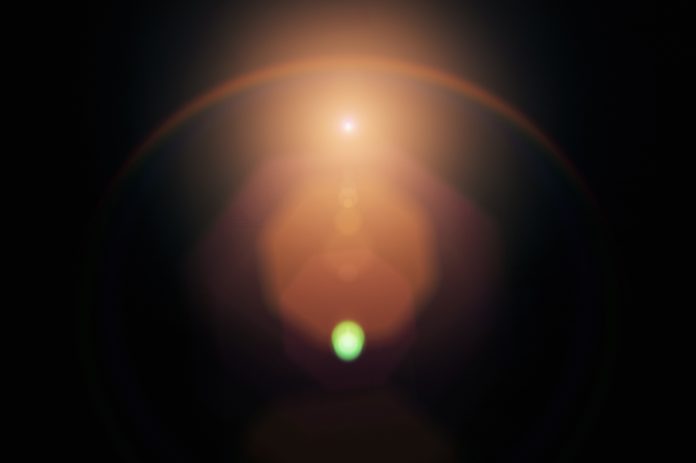Open Access Government produces compelling and informative news, publications, eBooks, and academic research articles for the public and private sector looking at health, diseases & conditions, workplace, research & innovation, digital transformation, government policy, environment, agriculture, energy, transport and more.
Home Search
astronomy - search results
If you're not happy with the results, please do another search
MISTRAL: High-frequency radio astronomy and space exploration
High-frequency radio astronomy and MISTRAL: Recent breakthroughs in observational astronomy, coupled with rapid advancements in spaceflight technology, are reshaping our understanding of the cosmos and laying the groundwork for an interplanetary future.
Star Formation and Dynamics of the Interstellar Medium — Center for Astronomy at Heidelberg...
Understanding the formation of stars together with their subsequent evolution and identifying the physical processes that govern the dynamics of the interstellar medium (ISM) are central research themes in astronomy and astrophysics.
Large-scale data fusion in astronomy
Peter Melchior, Assistant Professor of Statistical Astronomy from Princeton University, provides a compelling analysis of large-scale data fusion in astronomy.
The unseen universe, a new era for astronomy through James Webb
NASA has revealed a selection of new images from the James Webb Space Telescope JWST – allowing us to gain a whole new vision of the universe.
Astrophysics and astronomy in the U.S.
How is the U.S. National Science Foundation improving diversity in astrophysics and astronomy? Here, Open Access Government investigates.
How can the NSF contribute to a global understanding of astronomy?
Open Access Government zeroes in on some of the most powerful telescopes in the world – specifically the promise of new discoveries in the Division of Astronomical Sciences (AST) Vera Rubin Observatory.
Subaru Telescope: A nexus of next generation astronomy collaboration
Saku Tsuneta, National Astronomical Observatory of Japan, introduces the Subaru Telescope, Japan’s world-leading optical and infrared astronomy facility.
Astronomy: Discovering the Universe with cutting-edge technology
Saku Tsuneta, National Astronomical Observatory of Japan, charts discoveries made about the Universe with cutting-edge technology in this fascinating astronomy focus.
Professor Shadia Habbal – Institute for Astronomy – University of Hawaii
Shadia Rifai Habbal’s first eclipse expedition to India in 1995, led to the establishment of a small international group of "solar wind sherpas", as she has nicknamed them, and a record number of discoveries from eclipse observations between 2001 and 2019. A professor of astronomy at the Institute for...
Astronomy: Mysteries of the Sizzling Solar Corona
Professor Shadia Habbal from Institute for Astronomy – University of Hawaii, explores and introduces the Mysteries of the Sizzling Solar Corona.
The journey towards nanohertz gravitational-wave astronomy
The new era of gravitational-wave astronomy is explored here by Miguel Holgado, PhD, Candidate at the Department of Astronomy, the University of Illinois at Urbana-Champaign.
Astronomy and the universe of discovery
Richard F. Green, Director, Division of Astronomical Sciences, U.S. National Science Foundation (NSF) explores the wonders of astronomy and the universe of discovery
In October 2017, telescopes across the globe observed a kilonova radiating from a galaxy 130-million- light-years from Earth. Thousands of scientists saw the event unfold, the explosive...
New imaging techniques reveal early signs of planet formation
Reanalysed telescope data has shown that planets may begin forming earlier than previously expected.
JWST reveals how galaxies like the milky way built their stellar disk over time
A new study using images from the James Webb Space Telescope (JWST) has helped to answer a continuous question in astronomy.
Extreme nuclear transients: Astronomers discover world-breaking cosmic explosion
A team of astronomers at the University of Hawai'i's Institute for Astronomers (IfA) have discovered a new type of cosmic explosion that exceeds anything observed previously.
The cosmic dawn: Small telescopes in Chile are the first to detect 13-billion-year-old signal
In a groundbreaking feat, telescopes in Chile have detected 13-billion-year-old light from the Big Bang, scattered by the universe's first stars. This achievement, once thought impossible from Earth, offers vital insights into the Cosmic Dawn and the early evolution of our universe.

